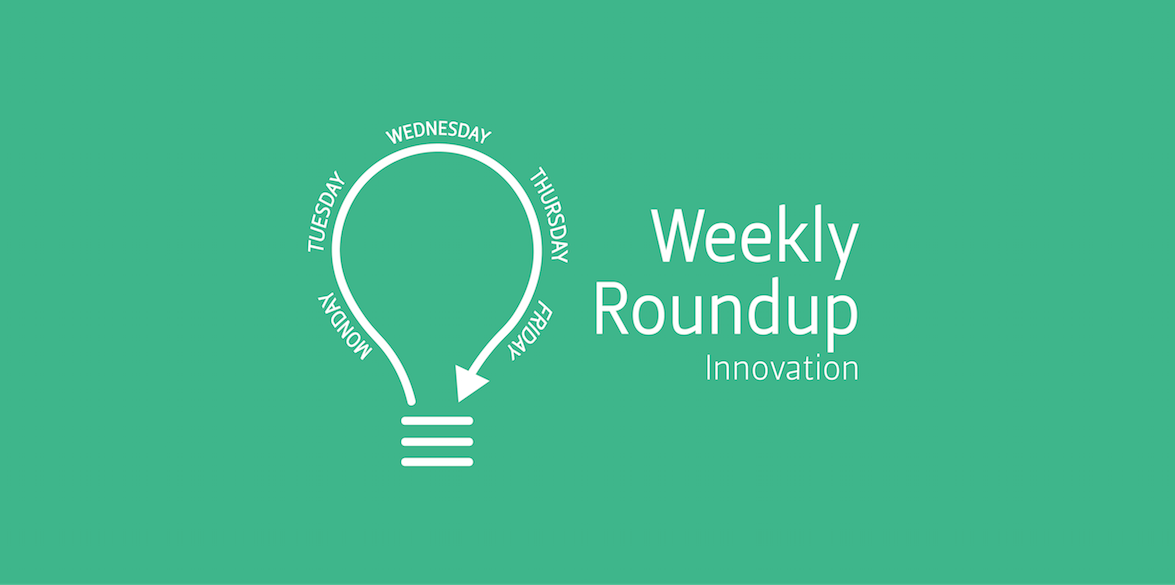Weekly Roundup is a McNair Center series compiling and summarizing the week’s most important Entrepreneurship and Innovation news.
Here is what you need to know about innovation this week:
FTC Takes an In-Depth Look at Patent Assertion Entities
Weil Gotshal & Manges LLP – Adam C. Hemlock, John E. Scribner and Lisa Marie Madalone, Lexology
FTC report on Patent Assertion Entities (PAE) delineates the two major business models employed: portfolio and litigation. As the name implies, litigation entities acquire licenses by filing suit. Portfolio entities tend to negotiate licenses over expansive patent portfolios often valued in the millions. Portfolio entities account for 80% of all PAE revenue despite holding only 9% of all licenses.
The FTC has proposed a variety of measures to deter what they deem “nuisance legislation.” The report found that discovery costs were the major factor in causing the accused to settle. In response, measures to reduce the burden of discovery were suggested. Changes reducing the incentive to settle will drastically change the patent litigation landscape since 83% of litigation PAE cases are settled within 18 months.
Three angles to look at Google’s Pixel phone: design patents, antitrust, copyright
Florian Mueller, FOSSPatent
Mueller examines the Google Pixel from the perspective of different areas of law: design patents, antitrust and copyright. Innovators must consider a variety of legal frameworks designed to protect them. However, these protections have also lowered the risk of innovation and prevent copycat designs from flooding the market. Mueller discusses the strategy Apple could take against Google for infringing design patents, but he also discusses why such an exertion might fail in light of Apple v. Samsung. This FOSSPatent post provides a broad overview of the regulatory environment tech innovators face.
What’s New with the Changes to the Trademark Trial and Appeal Board Rules of Practice
Eric Ball and Emily Gische, Attorneys at Fenwick & West writing for IPWatchdog
Soon after we ring in the new year, the Trademark Trials and Appeals Board will enact new inter and ex partes proceeding rules. These new rules become part of Title 37 of the Code of Federal Regulations. Key changes include limiting the number requests for document production to 75 and minimizing surprises right before trial begins. Surprise requests for substantial discovery are being clamped down on as a litigation strategy. Testimony can now be submitted through affidavit solely, as opposed to live recordings, and all filings must be electronic. In sum, these changes will accelerate TTAB proceedings.
Lex Machina releases data on design patent litigation showing strong correlation with trademark infringement actions
Steve Brachmann, IPWatchdog
The theme of this week is design patents and trademarks, and in accordance, Lex Machina has released a design patent litigation report. While overall patent litigation is decreasing, the number of design patent cases filed has remained consistent. This is still a small portion of all patent litigation, about 6 percent. 14.6 percent of design patent cases resulted in a claimant win as compared to 2.5 percent of claimant wins in other patent litigation. Another key finding is that 36.4 percent of all design patent infringement cases also include a claim of trademark infringement, a rare claim in other filings.
Self-driving car startup cancels first product because dealing with regulators and lawyers “isn’t worth it”
Dave Gershgorn, Quartz Artificial Intelligence Reporter
Most innovation policy tends to focus on intellectual property regulation, but there is a host of additional regulations innovators must abide by depending on industry. With all the momentum surrounding self-driving cars and their go-to-market strategy, it was inevitable that the National Highway Traffic and Safety Administration would attempt to ensure their safety. While such regulation may seem fair and necessary, the founder of one self-driving car startup has decided abiding by these requests is not worthwhile. We must question the ability of current regulation and enforcement to keep pace with innovation.

